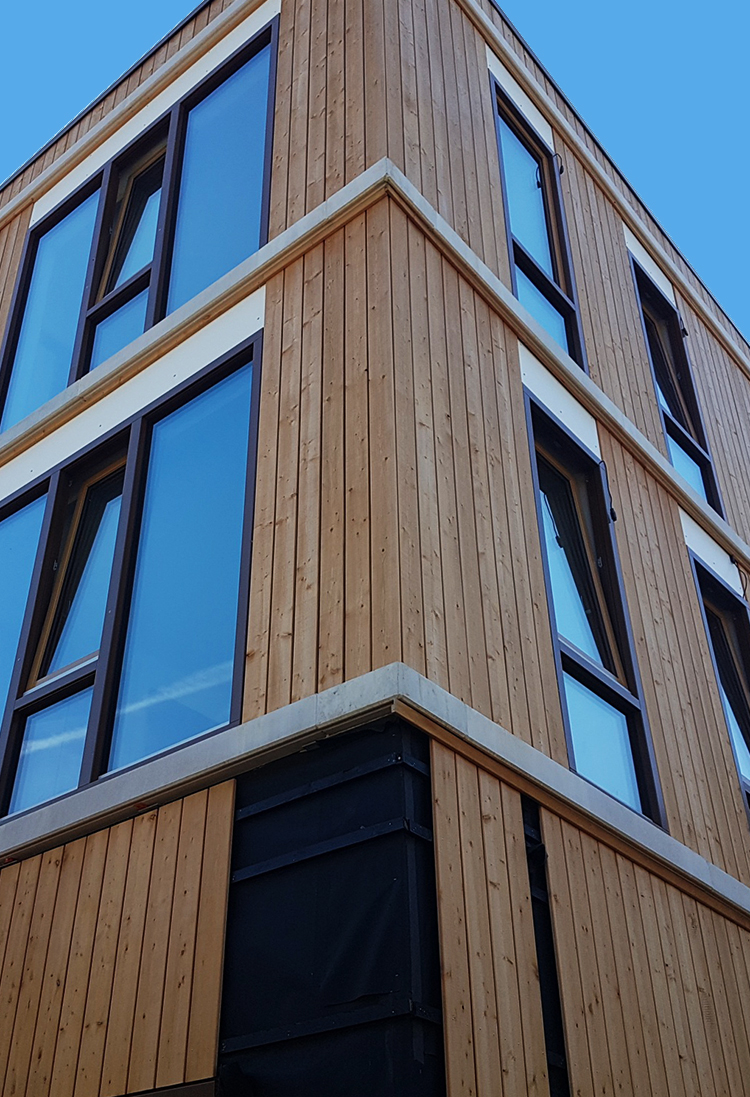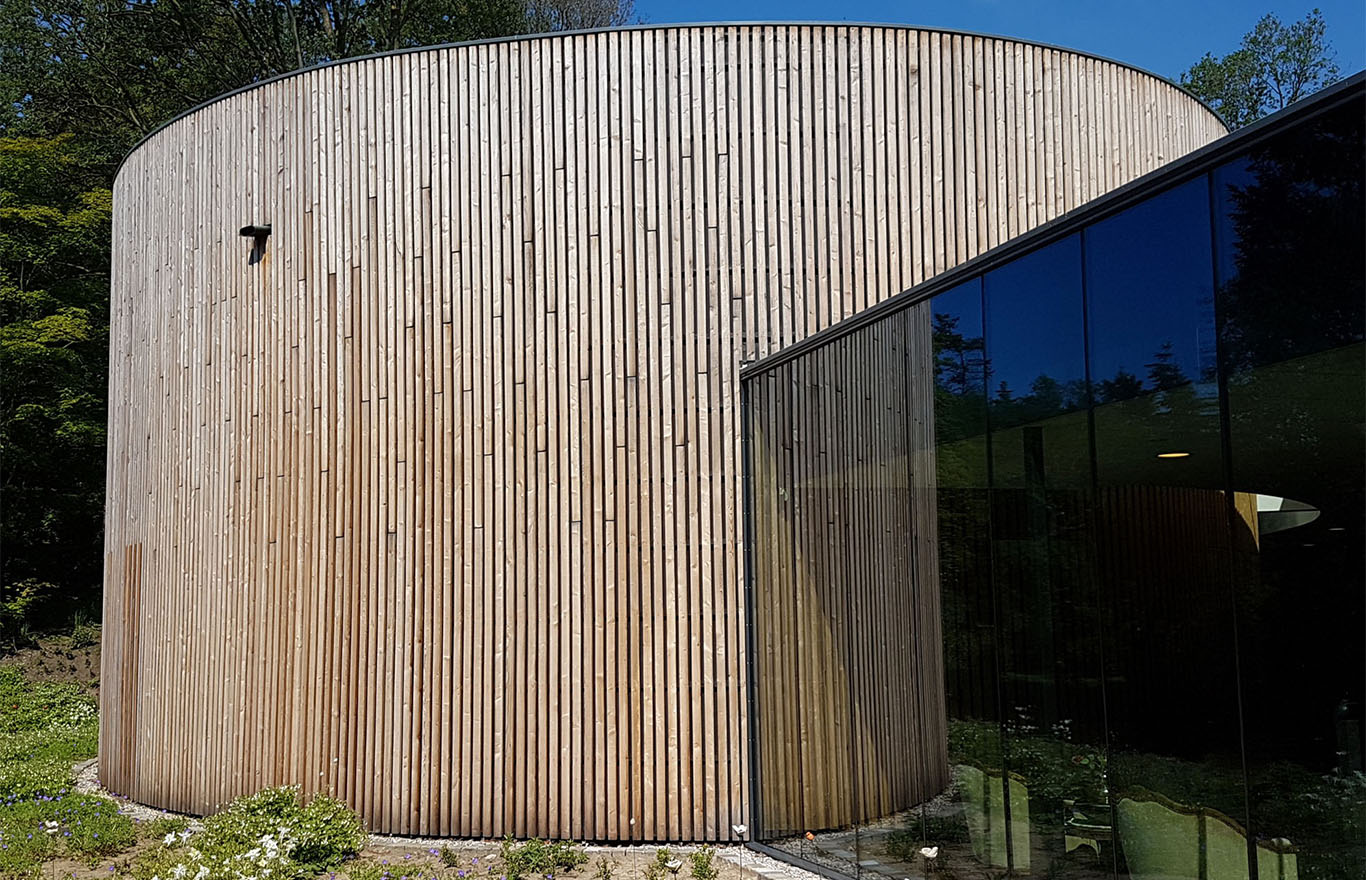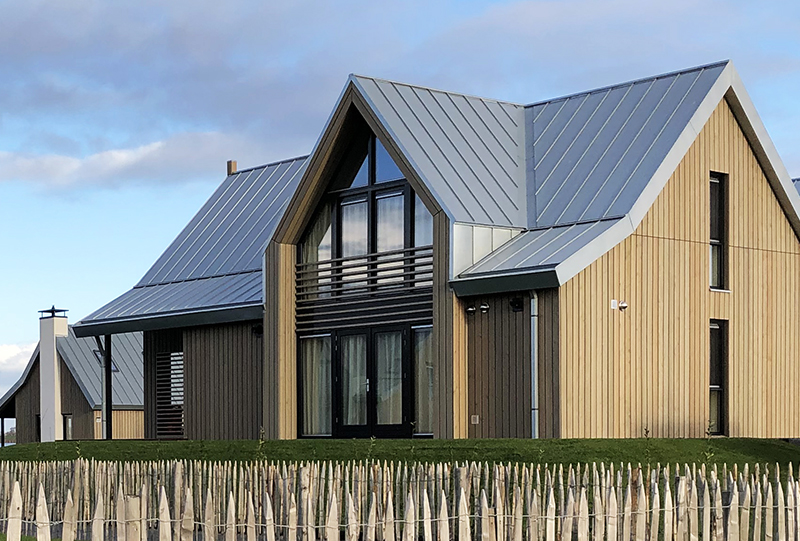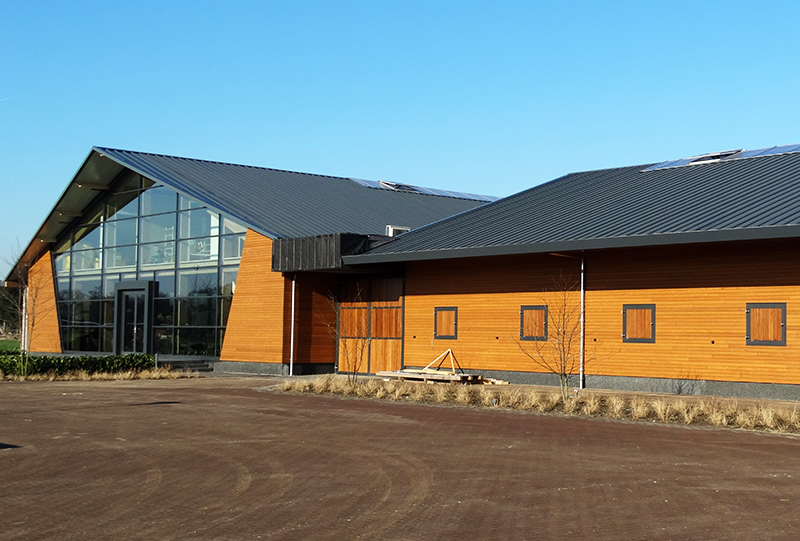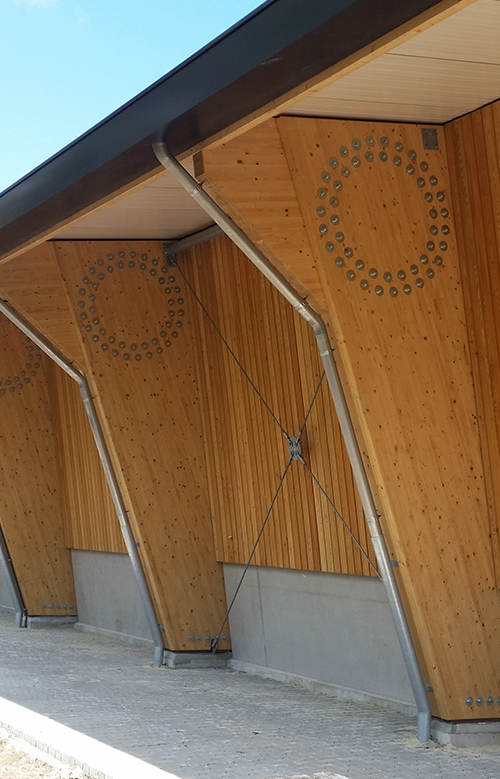SILA
Siberian larch comes from the area bordering the Arctic Ocean. Thanks to the extreme climate, the Siberian larch grows considerably slower than its European counterpart. As a result, the structure of the wood is much more homogeneous, making it highly durable (class II-III).
PURE NATURE
Siberian larch is a hard and heavy wood type with a firm structure and a colour that varies from light yellow to salmon pink. With flat annual rings and a flat grain one can see a clear flame pattern.
BENEFITS OF SILA
- unique look and feel
- always in stock
- various dimensions possible
- highly durable
QUALITY
Sila comes in various qualities. Each quality is carefully sorted so you will only have the best wood. The name Sila is only granted by us if the wood meets the highest quality standards. The wood is highly durable, straight and fine grained, and more wear-resistant than pine, for example.
LARIX SIBERICA
Sila means ‘strength’ in Russian
Haarlo – Crematorium ‘Hart van Berkelland’ – 2017
This crematorium is situated next to the original buildings of the Aamschot estate and its exterior fits in perfectly with the park environment. The round shapes on the interior and exterior are made entirely out of wood. The existing buildings on the estate have been renovated in the original style, but adjusted to modern standards. These buildings have been designed to allow family and friends to meet after the service.
Tholen – Oesterdam resort – 2019
In the centre of National Park Oosterschelde, along the open water, you can find Resort Waterrijk Oesterdam. Designer Piet Boon specifically opted to use sustainable materials. Siberian larch has been finely sawn, allowing it to bond well with the two-layer coating. This limits maintenance to a minimum, yet its original look and feel is maintained. This natural look makes the cottages fit perfectly with the surrounding nature.
PINE WOOD GIVES EACH BUILDING
A UNIQUE LOOK AND FEEL
A UNIQUE LOOK AND FEEL

